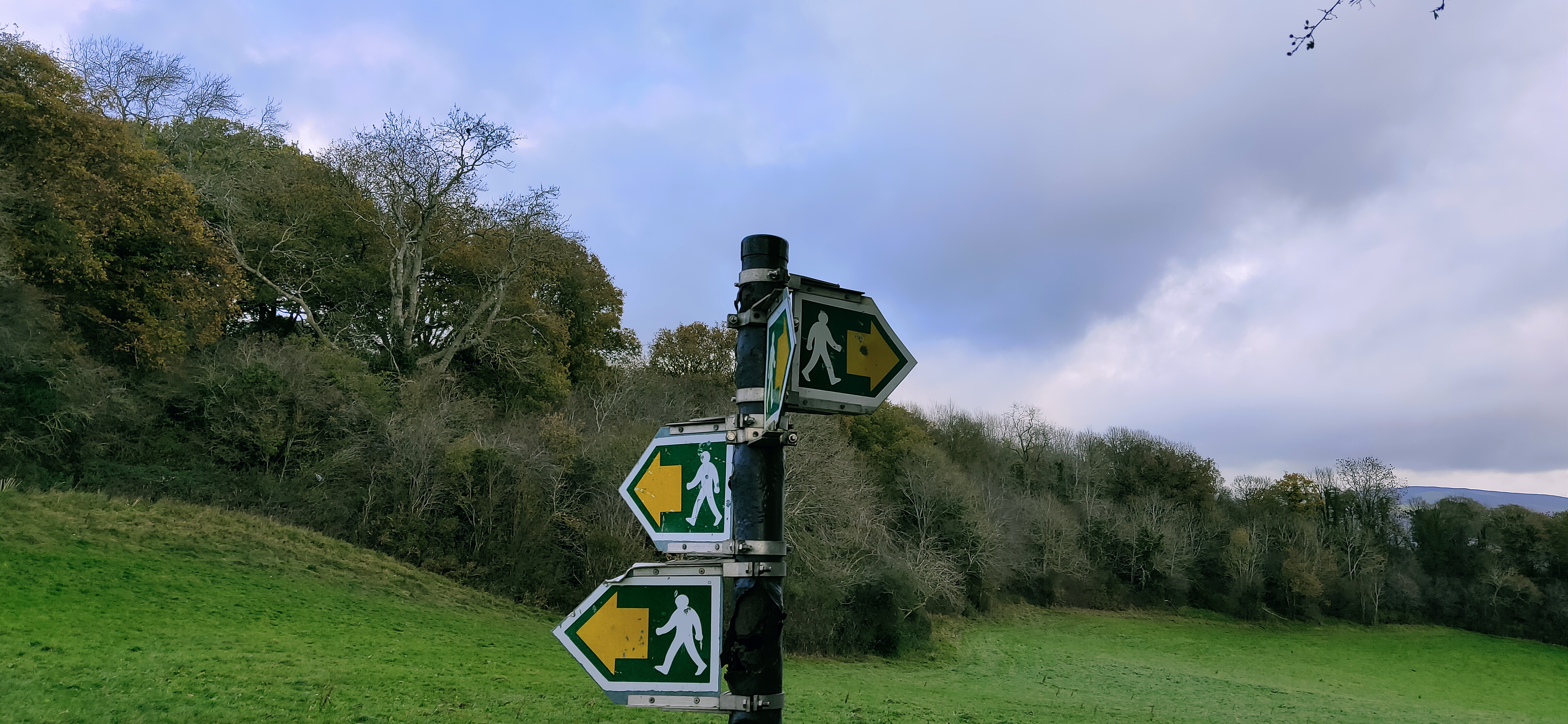
“Knowing what is happening, when it is happening and without preference.” (Rob Nairn).
Coming back to our definition of Mindfulness, we can see clearly that training in mindfulness will involve becoming more familiar with the workings of the mind. But what do we, in the West, mean by the mind? We usually understand the mind to mean our thoughts. However, as we come to see when we train in mindfulness, there are many other aspects to our experience of mind, such as:
Body (physical sensations of wellbeing; discomfort; aches; pains; pleasurable sensations)
Sensory experiences (what we touch, see, hear, smell and taste)
Emotions (moods; feelings; felt senses; different emotional states)
Thoughts (memories; plans; images; chatter; earworms)
When we sit to meditate, the different aspects of our experience emerge into our awareness, like clouds through a vast sky. Over time, there develops a sense of spaciousness to that awareness and with appreciation of the different aspects of our experience, an awareness of the richness of that experience too.
Working with body sensations, we learn that we can shift our attention onto those different aspects of physical sensations, as we become practised in shifting our attention from narrowly focussed to more broadly open. We notice sensations of clothing covering the body; the feel of a gentle breeze on our skin; how different parts of the body feel from the inside, as a universe of varied sensations that come and go. We might perceive tingling; warmth; tightness and holding in different parts of the body; we may, over time notice habitual patterns of holding that we notice emerge in response to particular situations; pockets of wellbeing; coolness; discomfort and pain; a sense of life flowing and pulsing through us. We may notice all this as we experience our own inner universe.
When we pay attention to what is coming into our mind via our senses from the world around us, we may become aware of the feel of our clothes and the air around us against our skin; smell scents wafting on the air around us; experience whole worlds of tastes in our mouth; feel the texture and solidness of the chair we are resting on supported by the ground underneath; resting within the soundscape that surrounds us; feasting our eyes on the richness and diversity of colours, shapes and textures of objects filling the space surrounding our bodies as we move through the landscape of our lives. As you reflect on these different layers of your world, do you notice which sense feels more familiar to you – which sense dominates?
Simultaneously, we may be more aware of the feelings aspect of the mind – moods, feelings, feeling tones, emotions, felt senses. We may become aware of layers of different emotions occurring all at once, how the different flow of this aspect of the mind takes place in the body and even where in the body such feelings might typically tend to be focused.
Mostly, we may be aware of the thinking aspect of our minds: thoughts; worries and concerns; plans and to-do lists that never end; hopes and fears; life plans. We have just looked at the “separate” aspects of our experience, but of course, our experience can involve all of these aspects simultaneously, although we may seldom be aware of those different aspects in that moment. However, as we bring our mindful awareness to one such moment, we might notice which aspect of the mind is uppermost in our awareness – we might shine our awareness like a torch on narrow-beam to focus on one aspect, ie; body or senses or emotions or thoughts, or we might broaden that torch to wide-beam and take in the broader picture of all aspects of our experience in that moment.
The choice is ours – and as we come to learn – that choice can make all the difference.
Click here to find out more about training in mindfulness

